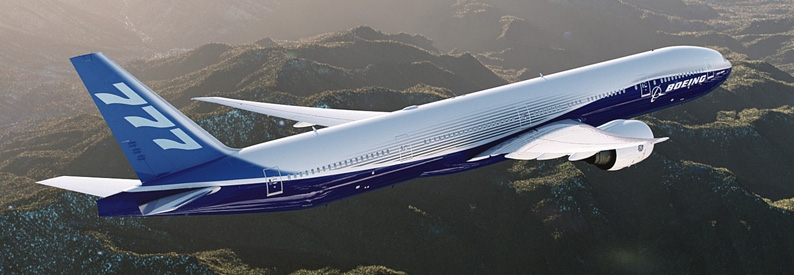Emirates President Calls for Boeing Manufacturing Overhaul Amid Quality Concerns

Tim Clark, the president of Emirates, has issued a stark warning about Boeing’s manufacturing quality, highlighting a “progressive decline” that necessitates immediate action. This caution comes in the wake of a 737-9 losing a door plug panel mid-flight, leading to the aircraft’s grounding for thorough inspections.
Since 2003, Clark has led the UAE-based airline through significant expansions, including substantial orders from Boeing. Most recently, in November, Emirates announced a commitment to purchase 90 Boeing 777 aircraft, alongside an addition of five more 787 Dreamliners to its existing order. The move to send engineers to observe the production lines at Boeing and Spirit AeroSystems, a crucial player in Boeing’s supply chain, underscores the serious concerns Emirates has regarding current manufacturing standards.
“This measure reflects our growing apprehension about the manufacturing processes which, in better times, we trusted implicitly,” Clark remarked to the Financial Times.
In a bid to ensure production integrity, Emirates will follow Alaska Airlines’ lead by dispatching engineers to audit Boeing’s assembly lines. This decision was catalyzed by an incident on January 5, where an Alaska Airlines 737-9 was forced to make an emergency landing after a door plug panel detached at 16,000 feet, causing cabin decompression. Fortunately, the incident did not result in any serious injuries.
The door plug, essential for configurations accommodating more passengers, has brought production scrutiny not just from Emirates and Alaska Airlines but also United Airlines. United is reconsidering its acquisition strategy, potentially excluding Boeing’s 737-10, pending FAA certification.
Boeing’s CEO, Dave Calhoun, addressed customer frustrations during a recent earnings call, emphasizing the company’s commitment to regaining trust through tangible actions and transparency. “The only path forward involves concrete steps and open communication, underpinned by rigorous scrutiny from all stakeholders,” Calhoun stated.
Following these developments, the FAA confirmed that after the mandatory inspections, nearly 94% of the Max 9 fleet operated by Alaska and United Airlines has been returned to service. These inspections were part of the conditions for lifting the 737-9 grounding on January 24, focusing on critical components such as bolts, guide tracks, and door plug fittings.
The NTSB continues to investigate the specific causes behind the January incident, while the FAA intensifies its direct oversight over Boeing and its supplier’s production facilities. This heightened attention aims to ensure the safety and reliability of Boeing aircraft amidst growing concerns over manufacturing practices.
Sources: AirGuide Business airguide.info, bing.com, FoxBusiness.com
